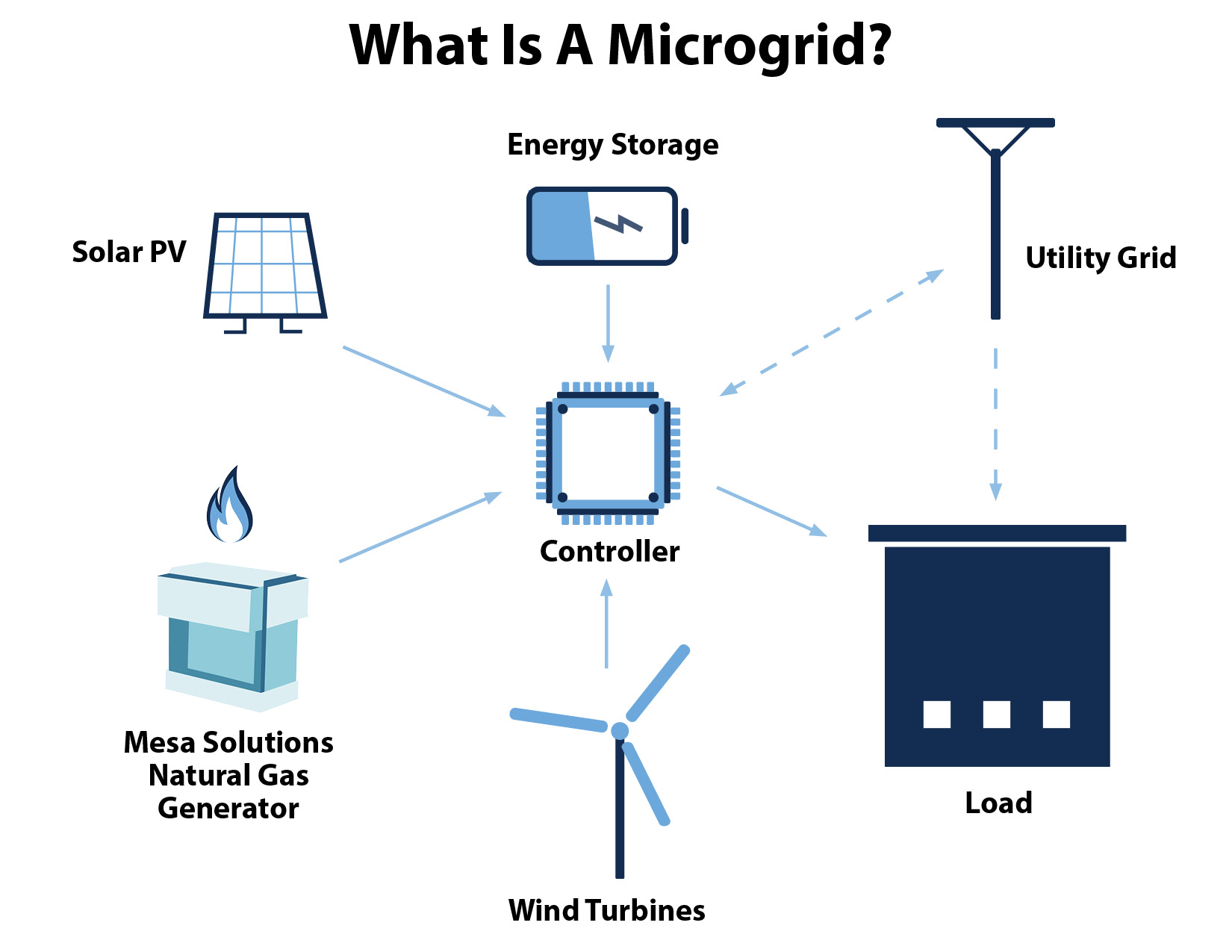Microgrids are self-sufficient, localized energy systems that deliver power to specific sites such as hospitals, university campuses, commercial complexes, or military bases. Designed to function independently from the main grid, microgrids enhance energy resilience by operating autonomously or in conjunction with the central grid. When necessary, they can isolate themselves—forming an “energy island”—to ensure uninterrupted power during outages or grid failures.
The global microgrid market was valued at USD 38.3 billion in 2023 and is projected to grow to USD 136.86 billion by 2032, expanding at a CAGR of 15.2% during the forecast period (2025–2032).
Request your free sample report: https://www.skyquestt.com/sample-request/microgrid-market
Key Market Growth Drivers
- Energy Resilience and Reliability
Microgrids ensure continuous power supply, particularly in mission-critical sectors like healthcare, defense, and manufacturing, minimizing disruption during grid outages. - Renewable Energy Integration
By incorporating solar, wind, and other renewables, microgrids promote cleaner energy use and contribute to global decarbonization goals. - Government Support and Incentives
Policies and investments promoting energy independence and grid modernization are accelerating the adoption of microgrid technologies worldwide.
Market Segmentation
Global Microgrid Market is segmented by Type, Pattern, Power Rating, Power Source, Connectivity, Offering, End User and region.
- Based on Type, the market is segmented into AC Microgrid, DC Microgrid and Hybrid Microgrid.
- Based on Pattern, the market is segmented into Urban/Metropolitan, Semi-Urban and Rural/Island.
- Based on Power Rating, the market is segmented into <1 MW, 1–5 MW, 5–10 MW and 10 MW.
- Based on Power Source, the market is segmented into Natural Gas, Solar PV, Combined Heat and Power (CHP), Diesel, Fuel Cell and Others.
- Based on Connectivity, the market is segmented into Grid-Connected and Off-Grid.
- Based on Offering, the market is segmented into Hardware, Software and Services.
- Based on End User, the market is segmented into Commercial & Industrial Buildings, Remote Areas, Military Facilities, Government Buildings, Utilities, Institutes & Campuses, Healthcare Facilities and Others.
- Based on region, the market is segmented into North America, Europe, Asia Pacific, Latin America and Middle East & Africa.
Challenges and Emerging Opportunities
Key Challenges:
- High Operational and Maintenance Costs
Microgrids require advanced system management and technical upkeep, which can increase total cost of ownership. - Regulatory and Policy Barriers
Inconsistent energy regulations across regions can hinder project development and grid integration.
Growth Opportunities:
- Smart Grid and Digital Technologies
Integration of IoT, AI, and automation enhances system efficiency, real-time monitoring, and energy optimization. - Electric Vehicle (EV) Charging Support
The growing EV market opens new possibilities for microgrids to power decentralized and grid-independent charging stations.
Key Market Players
Leading companies driving innovation in the microgrid space include:
- Schneider Electric SE
- Siemens AG
- General Electric Company
- Eaton Corporation plc
- ABB Ltd.
- Hitachi Energy Ltd.
- Honeywell International Inc.
- Homer Energy LLC (a subsidiary of UL)
- S&C Electric Company
- Power Analytics Global Corporation
- Caterpillar Inc.
- Tesla Energy (Division of Tesla, Inc.)
- Emerson Electric Co.
- Pareto Energy, Ltd.
- Anbaric Development Partners, LLC
- Exelon Corporation
Future Outlook
As the world moves toward cleaner, smarter, and more resilient energy systems, microgrids are becoming a cornerstone of this transition. Their ability to operate independently, support renewable energy, and maintain power supply in critical situations positions them as a key solution in the global push for energy security and sustainability.
Read the full report here: https://www.skyquestt.com/report/microgrid-market
